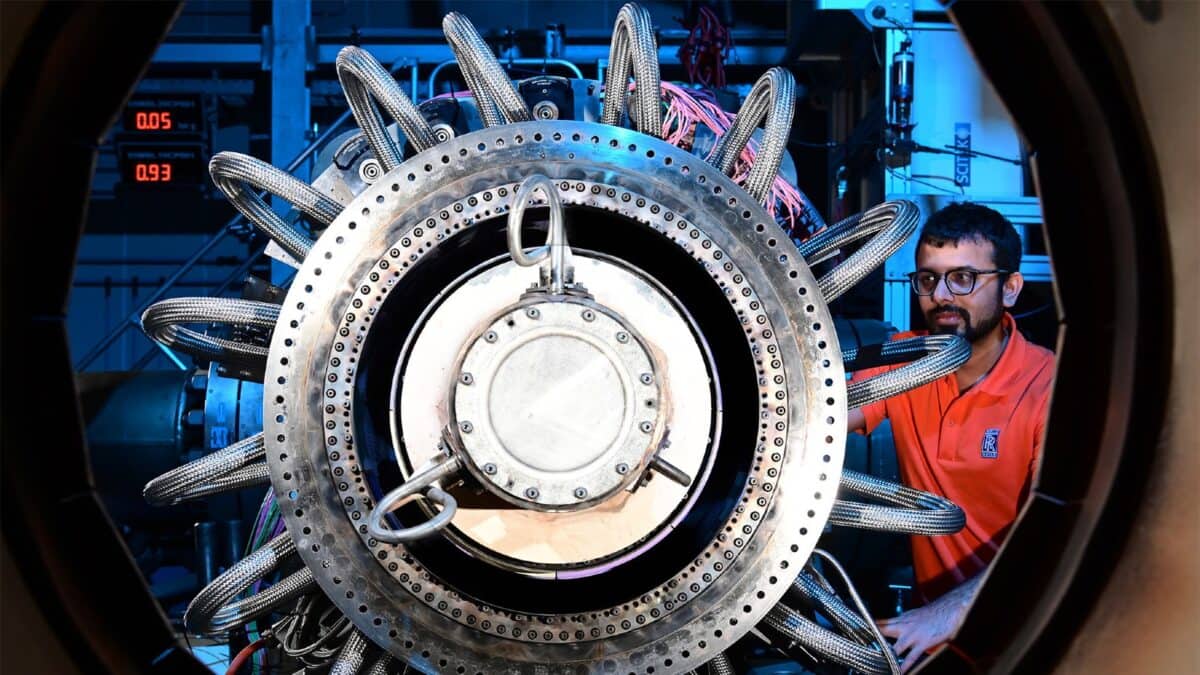Five years ago, the Rolls-Royce share price was around 300p. If it gets back to those levels in the near future, then someone who invests £1,000 in the stock at today’s prices stands to make a quick 36% return – a good result by anyone’s standards.
But can Rolls-Royce shares recover their previous levels? While anything is possible – and it certainly wouldn’t be the strangest thing that’s ever happened in financial markets – I think there are a couple of reasons why a return to 300p is unlikely.
A rallying share price
Over the last 12 months, the stock is up 169%, making it the best-performing FTSE 100 stock by some margin. With that kind of momentum behind it, I wouldn’t be confident in definitively ruling anything out.
Should you invest £1,000 in Superdry Plc right now?
When investing expert Mark Rogers has a stock tip, it can pay to listen. After all, the flagship Motley Fool Share Advisor newsletter he has run for nearly a decade has provided thousands of paying members with top stock recommendations from the UK and US markets. And right now, Mark thinks there are 6 standout stocks that investors should consider buying. Want to see if Superdry Plc made the list?
Last month, the company announced plans to cut 2,500 jobs in order to reduce costs. The move isn’t going to be popular with workers or unions, but it should be positive for the firm’s profitability.
The stock has momentum behind it and the underlying business has a clear path towards growth through margin expansion. Nonetheless, I’m not optimistic about the Rolls-Royce share price reaching 300p any time soon.
Interest rates
As Warren Buffett puts it, interest rates are to asset prices what gravity is to the apple – one stops the other going up. And right now, interest rates in the UK are at 5.25%, compared to 0.75% five years ago.
In order to get to 300p, the Rolls-Royce share price is going to have to overcome a much more powerful gravitational force than it did five years ago. In other words, the company is going to have to generate that much more cash.
WIth rates at 5.25%, the stock being worth 300p per share means the business is going to have to generate around 16p per share in earnings either now or in the near future. And it’s going to have to be able to do this consistently.
Dilution
Interest rates aren’t my biggest concern, though. The main reason I don’t think the Rolls-Royce share price can recover its 2018 levels is that the company’s share count has increased from 5.4bn five years ago to 8.3bn today.
When the company had 5.4bn shares outstanding, 16p in earnings per share could be achieved with net income of £846m across the entire business. With 8.3bn shares, that number increases to £1.3bn – a much more difficult task.
This is the biggest reason for thinking the company is going to struggle to recover its previous share price. The kind of earnings required to justify that valuation today are much higher than when the stock was at that level before.
300p?
Over the last 12 months, the company has managed to generate 18p per share in earnings. That’s above the kind of levels I think are needed to justify a 300p share price.
In my view, though, this isn’t likely to be sustainable. The company has benefitted from unusually high demand as pandemic restrictions wear off and consumers have excess cash to spend.
I think this will be much more of a challenge going forward. That’s why I’m sceptical of the idea that the Rolls-Royce share price is heading back to 300p any time soon.








